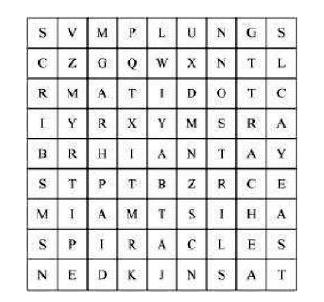Complete Solutions to Exercise of chapter RESPIRATION IN ORGANISMS of Class 7 book with complete answers and questions
| Class 7 | BIOLOGY |
| Chapter | RESPIRATION IN ORGANISMS |
| NCERT | Exercise |
| Number Of Questions | 7 |
| Academic Year | 2023-24 |
Why does an athlete breathe faster and deeper than usual after finishing the race?
View SolutionList the similarities and differences between aerobic and anaerobic respiration.
View SolutionWhy do we often sneeze when we inhale a lot of dust-laden air?
View SolutionTake three test-tubes. Fill 3/4th of each with water. Label them A, B and C. Keep a snail in test-tube A, a water plant in testtube B and in C, keep snail and plant both. Which test-tube would have the highest concentration of `CO_(2)`?
View SolutionMatch the items in Column I with those in Column II:
`{:("Column I","Column II"),("(a) Yeast","(i) Earthworm"),("(b) Diaphragm", "(ii) Gills"), ("(c ) Skin", "(iii) Alcohol"),( "(d) Leaves" ,"(iv) Chest cavity"), ("(e ) Fish", "(v) Stomata"),("(f) Frog", "(vi) Lungs and skin"):}`
View SolutionGiven below is a square of letters in which are hidden different words related to respiration in organisms. These words may be present in any direction - upwards, downwards, or along the diagonals. Find the words for your respiratory system. Clues about those words are given below the square.

(i) The air tubes of insects
(ii) Skeletal structures surrounding chest cavity
(iii) Muscular floor of chest cavity
(iv) Tiny pores on the surface of leaf
(v) Small openings on the sides of the body of an insect
(vi) The respiratory organs of human beings
(vii) The openings through which we inhale
(viii) An anaerobic organism
(ix) An organism with tracheal system
View SolutionThe mountaineers carry oxygen with them because:
View Solution
Exercise questions and complete solutions for chapter RESPIRATION IN ORGANISMS of NCERT Biology(HINGLISH) of Class 7